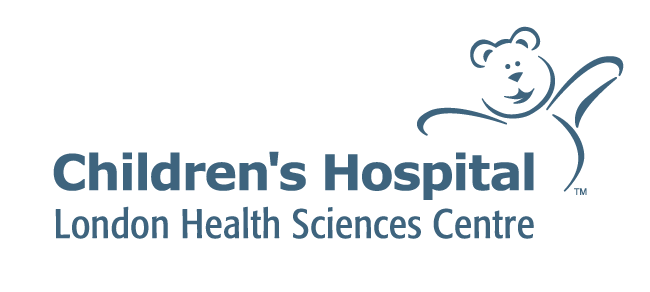Epileptic spasms (also known as West Syndrome) are a type of seizure that happens usually between 6-12 months of age in children that can be seen in healthy children but also in those with underlying neurological condition. Spasms represent a peculiar type of movement that looks somewhat like a startle response.
These last around one second and can happen in clusters lasting minutes (with each spasm followed 10-15 seconds later by another). There will typically be a brief raising or lowering of the arms at times associated with a flexion of the body. Sometimes, all that may be seen will be a brief raising of the eyeballs. Typically, the clusters will happen after waking in the morning or after a nap. Examples of spasms can be seen on the 'What can Infantile Spasms look like? - Infantile Spasms Action Network' web page.
Around the same time the spasms begin, children will begin to lose milestones. This can be as subtle as the child suddenly developing poor eye contact to more obvious things like forgetting how to smile or babble.
Epileptic spasms are a form of epileptic encephalopathy. This means that there is a combination of seizures (spasms) on top of a derangement of brain electrical activity (hypsarrhythmia – which means essentially chaotic brain activity). An electroencephalogram (EEG – this is a test that measure brain wave activity) is useful in not only identifying spasms but also the chaotic background activity.
We do not quite know why epileptic spasms happen but do know that that they have to be treated urgently. If not treated, there is a risk that the chaotic brain activity will either never go away or will turn into another form of seizure disorder.
There are a few things that might look like epileptic spasms (for example reflux) but it is better to be safe and have children assessed. Children can have already developed seizures before spasms or may develop other types of seizures while spasms are being treated or after they have stopped.
Treatment
There are a few different treatment modalities. Typically, these involve medications (vigabatrin or prednisolone) and/or the ketogenic diet. Oftentimes, medications are tried first and then the diet is initiated. At times, surgery may also be an option.
The goal of treatment is to:
- Stop spasms and prevent them from recurring
- Improve the chaotic EEG pattern
Comprehensive Epilepsy Clinic
The Epilepsy Team at LHSC, under the leadership Dr. Andrade (Clinic Director, Epileptologist) as well as Dr. Nouri (Epileptologist, Director Ketogenic Diet Program), have developed a “Code Spasms” protocol to streamline the diagnosis and treatment of spasms so that children will be seen urgently and treated effectively.
At the clinic visit, your child will be seen after the EEG at which point a decision to start treatment or not will be made. As part of the initial consultation, your child will be seen by an Epilepsy Fellow or Nurse Practitioner in conjunction with an Epileptologist.
If needed, a follow up EEG will be obtained about two weeks later. It is important to try to obtain sleep during the EEG and details on how to do this will be reviewed at the initial visit.



